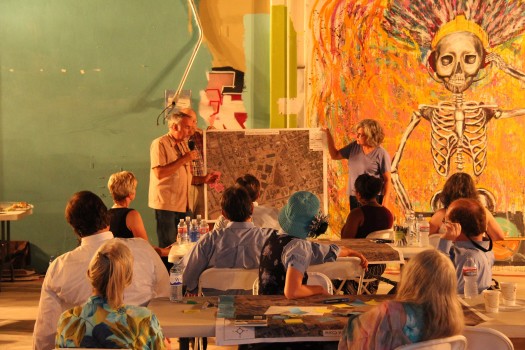Posts Tagged ‘social capital’
Livable Places Connect People
Tonight I was thinking back through all of the places I’ve lived, correlating the physical form of the places to the size of my circle of friends. While completely an anecdote of a sample size of one, I noticed that when I lived in more walkable locations, I certainly had a much more engaged urban…
Read MoreCharrette: A Social Innovation Lab
When you think social innovation, you might think micro loans in developing countries, or hand-ups to help people in from the fringes here at home. Or a wide range of ways to build social capital or how charitable institutions backstop community with philanthropy. But for those of you who are working in the city planning…
Read MoreWe’re All Connected: Too bad more is not necessarily the same as better
Roughly two hundred years ago, working in a little Bavarian workshop, Samuel Soemmering created a crude device that, refined by others, would revolutionize communications for the emerging industrial age: the telegraph. A hundred years thereafter, post-Victorians began to ponder its evolution — wireless telegraphy — in which individuals would receive telegraph messages, printed out on…
Read More


